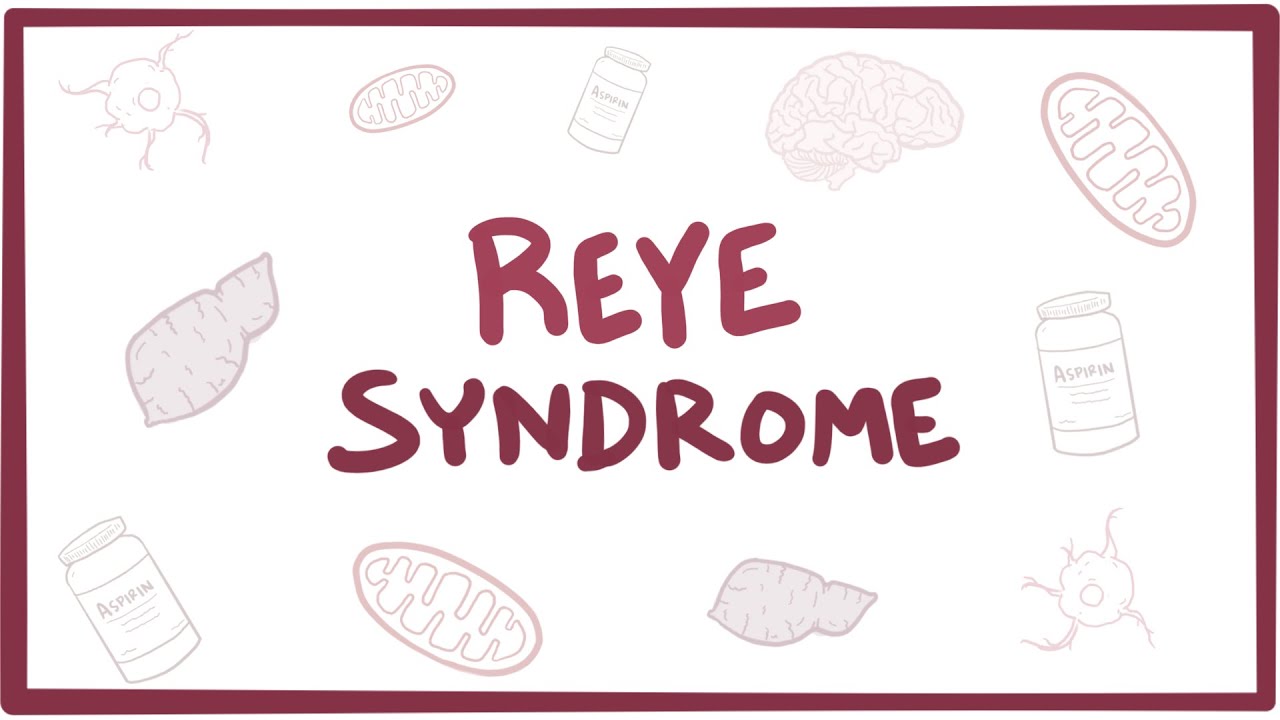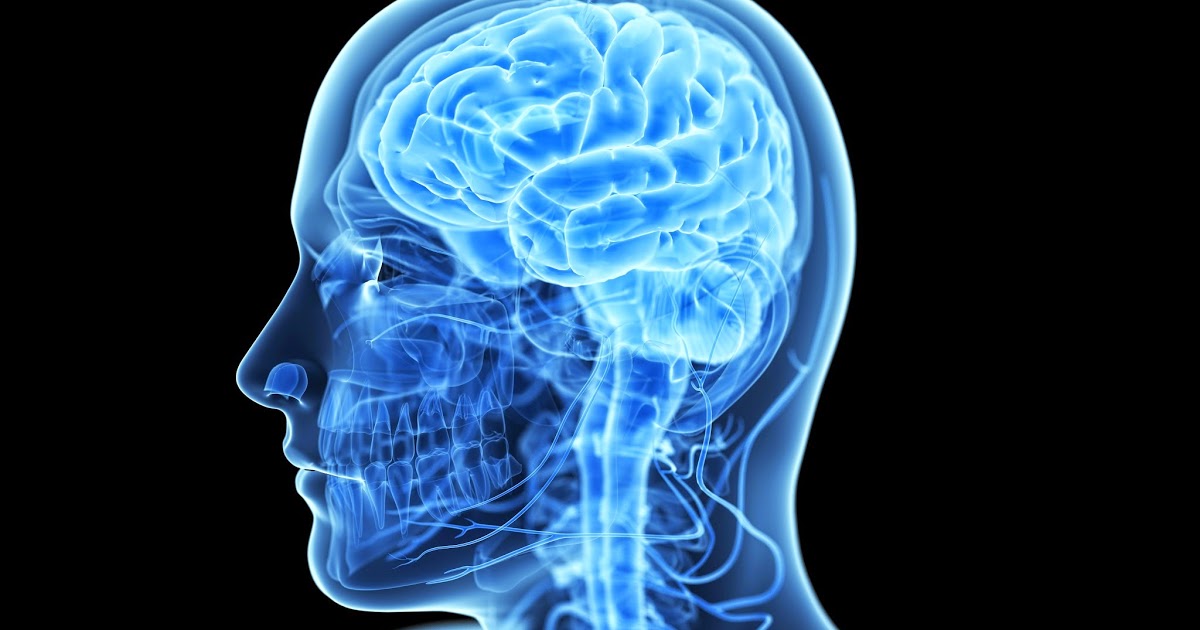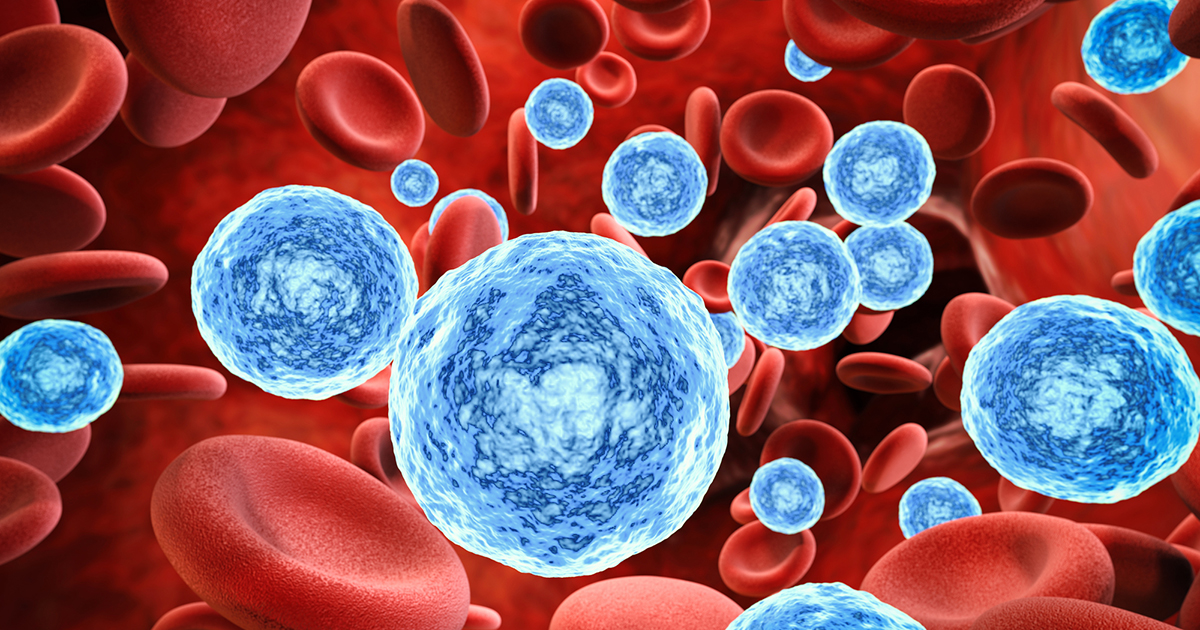Complications Associated With The Chickenpox
Chickenpox is an infection that comes from the contagious varicella-zoster virus that mostly occurs in children. The infection produces a characteristic skin rash that is uncomfortable and itchy. The rash then turns into blisters filled with fluid that burst and form scabs. Other symptoms include fever, tiredness, headache, and appetite loss. The virus is transmitted from person to person through bodily fluids like saliva and blister fluid. Unlike numerous other contagious viruses, a vaccine is readily available that is highly effective at preventing varicella-zoster virus infection. Chickenpox diagnosis is typically made with using a physical examination of the skin rash and or laboratory tests of the individual's lesions and blood.
Most cases of chickenpox do not require any medical treatment, as the virus has no cure and must run its course. However, some individuals affected by chickenpox develop complications from the infection that may require treatment.
Pneumonia

When the varicella-zoster virus has caused the chickenpox infection in an individual, the virus is present in their body and has the capability to move into the blood and other organs. When the chickenpox virus attacks the lungs, the patient will develop pneumonia. Varicella pneumonia is the most prevalent cause of illness and death in adults related to infections of the varicella virus. Pneumonia precipitated from chickenpox is more likely to occur in affected adults and teenagers. Pneumonia manifests in an infected individual between one and six days following the initial varicella zoster infection. Patients who develop pneumonia from chickenpox experience symptoms that include, fever, pleuritic pain in the chest, shortness of breath, cough, hemoptysis, and indications of hypoxia. When pneumonia arises as a complication of chickenpox, treatment involves a course of intravenously administered antiviral medications over a week. Chickenpox related pneumonia may result in respiratory failure if the patient does not receive treatment.
Uncover more complications of chickenpox now.
Reye's Syndrome

Individuals infected with chickenpox may develop a complication called Reye's syndrome, which is characterized by a decrease in liver function and sudden damage to the brain. While the exact mechanism that causes this complication to develop is unclear, it is known to occur in individuals who took acetylsalicylic acid while fighting off the flu or chickenpox. As the use of this medication for viral infections has declined, so has the frequency of Reye's syndrome.
In affected individuals, fats accumulate in the cells and cause them to swell up. This malfunction causes low blood sugar levels and high ammonia acid levels in the blood. The syndrome starts with sudden vomiting that lasts for several hours. The patient then gets very aggressive and irritable. Further progression is characterized by an individual who may not be able to stay alert or awake. They may exhibit confusion, seizures, decerebrate posture, hearing loss, speech problems, lethargy, mental changes, double vision, and extremity paralysis. There is no cure for Reye's syndrome, but it can be managed with supported treatment until the swelling comes down.
Continue for more information on chickenpox complications now.
Encephalitis

Encephalitis is a complication that can occur in individuals infected with the chickenpox. Encephalitis is characterized by sudden inflammation and swelling of the brain. Viral infections, including those from the varicella-zoster virus, are the most common cause of encephalitis. This complication happens when the virus travels through the infected individual's blood and then attacks their brain. The patient usually experiences a headache, fever, and photophobia or excessive light sensitivity as the first manifestations of encephalitis. Those symptoms are followed by confusion, general weakness, nausea, disorientation, problems with hearing, loss of memory, vomiting, hallucinations, seizures, unconsciousness, and coma. Encephalitis diagnosis is made using a neurological exam, lumbar puncture, CT scan, electroencephalograph, and MRI scans. Treatment for encephalitis includes the administration of anticonvulsant medications and corticosteroids to decrease inflammation in the brain. The affected individual may need mechanical ventilation or supplemental oxygen. Some patients may need sedative medications as part of their treatment. In rare cases, severe encephalitis can be life-threatening if the patient does not receive treatment.
Discover additional complications associated with the chickenpox now.
Dehydration

Dehydration may occur in an individual who has chickenpox as a complication of the infection. Appetite loss is a common symptom known to occur in individuals infected with chickenpox, and the consumption of little or no food can cause an individual to consume less fluid since eating stimulates thirst. Additionally, the varicella-zoster virus can cause a patient to experience nausea, vomiting, or diarrhea as a manifestation of their infection. When an individual vomits or has diarrhea repeatedly in a short span of time, they may become dehydrated. The chickenpox blisters may also spread and affect the inside of the mouth, making it painful and difficult for a patient to drink and eat as they should. Dehydration is the term used to describe a state of the body in which it is losing more water then it is taking in. This malfunction causes a disruption in the cell's metabolic processes because too much water is leaving individual cells. A dehydrated individual often experiences headaches, constipation, rapid heart rate, fast breathing, confusion, fatigue, and lightheadedness. Treatment includes fluid replacement through an IV if necessary.
Get familiar with more chickenpox complications now.
Bacterial Infections

Bacterial infections are the most prevalent complication that occurs in individuals affected by chickenpox. These infections usually occur when streptococcus, Staphylococcus, Pseudomonas, or Escherichia coli enter the body through the individual's chickenpox blisters or lesions. These types of bacteria can cause a number of different infections. Cellulitis infections usually affect the face and neck, while fasciitis infections typically affect the trunk of the body. Toxic shock syndrome and sepsis are usually the progressions of bacterial pneumonia and influenza. Other infections that occur from bacteria entering the body through chickenpox lesions include furunculosis, skin abscess, impetigo, myositis, osteomyelitis, and erysipelas. Lymphadenitis or infection of the lymph nodes may also occur. Less commonly, endocarditis or meningitis may manifest due to bacterial invasion. Chickenpox precipitated bacterial infections can result in the deadly conditions of bacteremia, thrombocytopenia, and sepsis.